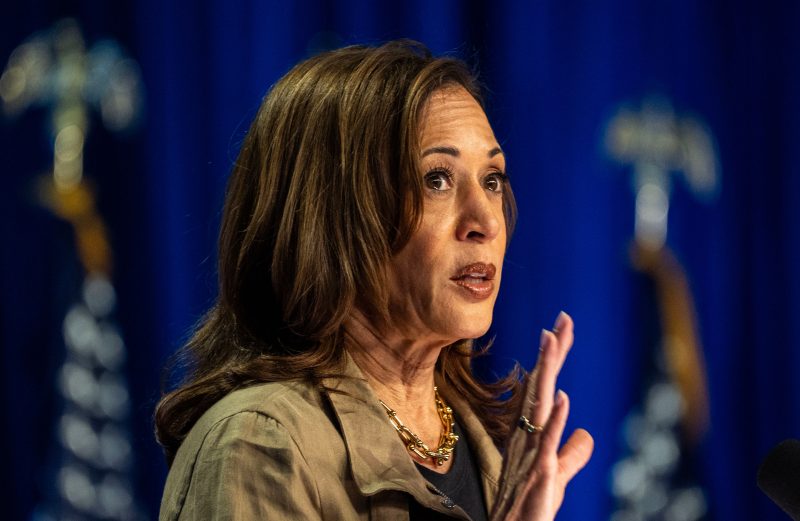Body
It’s clear as day that Democratic Vice President Kamala Harris and former Republican President Donald Trump stand on completely different platforms when it comes to the economy and border control. How would these variances in economic and border control policies impact the present scenario? Only time can tell. But here’s an analysis of these differences.
On the Economic Front
Economy, a pivotal issue dominating the political landscape, continues to present a stark contrast between Harris and Trump. Both have different visions for the nation, largely shaped by their party ideologies, beliefs, and situational awareness.
During her tenure as the Vice President, Kamala Harris played a central role in the planning and execution of the American Rescue Plan. This comprehensive relief package aimed at bolstering the economy hit hard by the COVID-19 pandemic. It primarily focuses on delivering direct financial aid to families, extending unemployment benefits, making significant investments in COVID-19 testing and vaccination, providing funds to small businesses, and supporting local governments financially.
On the other side, former President Trump’s stance on the economy was decidedly capitalistic. His administration primarily supported corporate tax cuts, deregulation, and fiscal policies intended to stimulate investment, boost employment rates, and spur economic growth. His landmark Tax Cuts and Jobs Act was touted as a significant move to buoy the economy by reducing the corporate tax rate from 35% to 21%.
At the Border
The differing views of Harris and Trump extend beyond economic models and permeate the contentious issue of border control.
Vice President Harris has embarked on a more humane and comprehensive approach to border issues, focusing on addressing the root cause of migration. The Biden-Harris administration is striving to devise measures to improve the socio-economic conditions in Central America, which is believed to be a primary factor triggering migration.
Former President Trump, however, staunchly adhered to a zero-tolerance immigration policy. His administration prioritized building a border wall and imposing strict laws to deter illegal immigration. The Trump administration considered these steps critical to safeguarding national security and ensuring economic prosperity.
More than just political rhetoric, these diverse viewpoints on the economy and border control vividly illustrate the divergent trajectories Harris and Trump propose for America. While each approach has its merits and shortcomings, it underscores the essential attribute of democracy: the freedom to elect representatives reflecting diverse philosophies and ideologies. The citizens will eventually determine whether these differences will matter in shaping the nation’s future.
The ultimate impact of these differing views on the economy and border control pursued by Vice President Harris and former President Trump yet remains to be seen. But without a doubt, these divergent ideologies will continue to polarize discussions and shape American policy-making for a foreseeable future.
